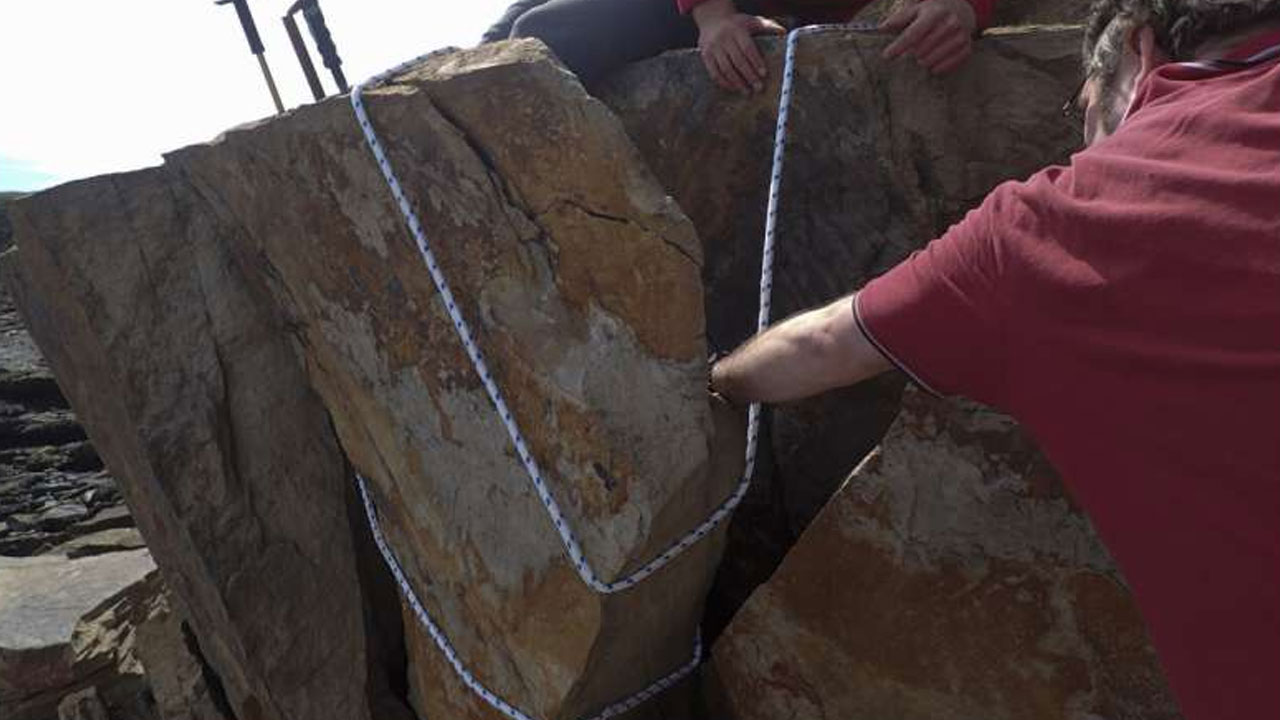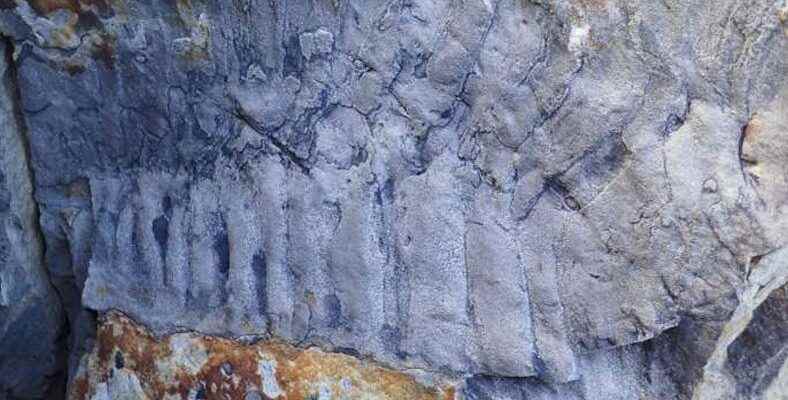Scientists completed their work on a fossil discovered in 2018, and the fossil was recorded as the world’s largest invertebrate creature. While a single section of the fossil is 75 centimeters, the length of the creature is thought to be 2.7 meters.
Recently, we shared with you that the centipede with the most legs ever was discovered. While the centipede, which has more than 1000 legs, amazes the scientific world, it is on our planet. living more than 400 million years ago These creatures once again left their mark on the world of science. This time the largest centipede ever discovered was found. Moreover, it is not very suitable for the adjectives ‘as much as my hand’ and ‘as much as my head’.
It is estimated to have lived between 345 and 295 million years ago, that is, 100 million years before the dinosaurs. A creature called Arthropleura fossil was found. The fossil, found on a beach in the north of England, also revealed the largest known invertebrate animal of all time. Only a portion of the fossil fragment, which consisted of numerous articulated exoskeleton fragments, was 75 centimeters across. This is the living about 2.7 meters long and showed that it weighed about 50 kilograms.
The fossil was discovered by accident
The discovery of the fossil, whose work had just been completed, was not actually a new discovery. The fossil, first discovered in a sandstone block in January 2018, completely by chanceIt emerged as a result of the falling cracking and opening of the rock. A student passing by that area saw the fossil while walking and started working. The fossil, which was removed with special permission in May 2018, was then brought to Cambridge.
In addition to this fossil, only two Arthropleura fossils have been discovered in the world. This fossil was the largest Arthropleura skeleton ever discovered. The structure of living things plays a role behind the discovery of fossils so little. When these creatures die, their bodies usually tend to disintegrate. This creature is still no fossilized head remains were found.

RELATED NEWS
It turns out that the Faroe Islands in the North Atlantic were discovered much earlier than expected
Researchers believe that this creature must have a high-nutrient diet to reach such a large size. Although it is not known what living things ate at that time, it is stated that there were plenty of nutritious nuts and seeds as food at that time. of this species why is it gone among the as yet unknown.
